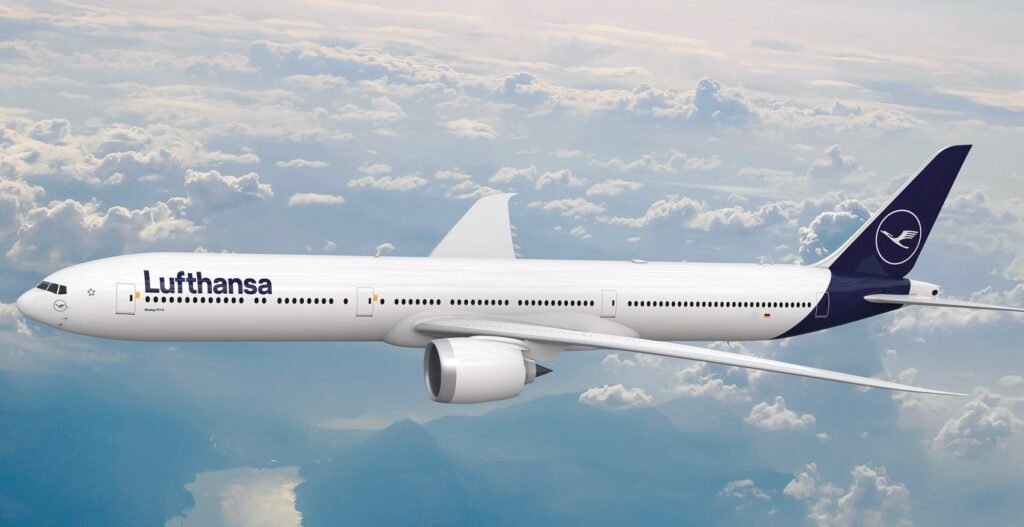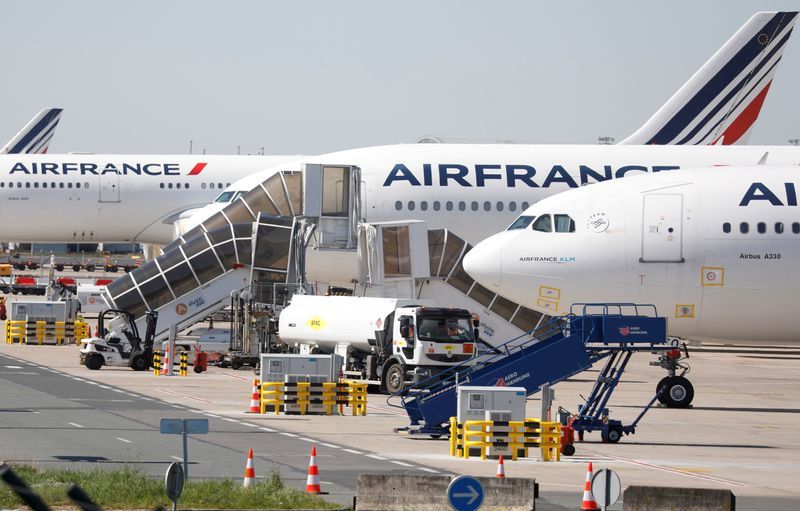Economic Stabilization Fund Approves Lufthansa Package
Deutsche Lufthansa AG has been informed by the Economic Stabilization Fund (WSF) of the Federal Republic of Germany that the WSF has approved the stabilization package for the company. The Executive Board also supports the…

